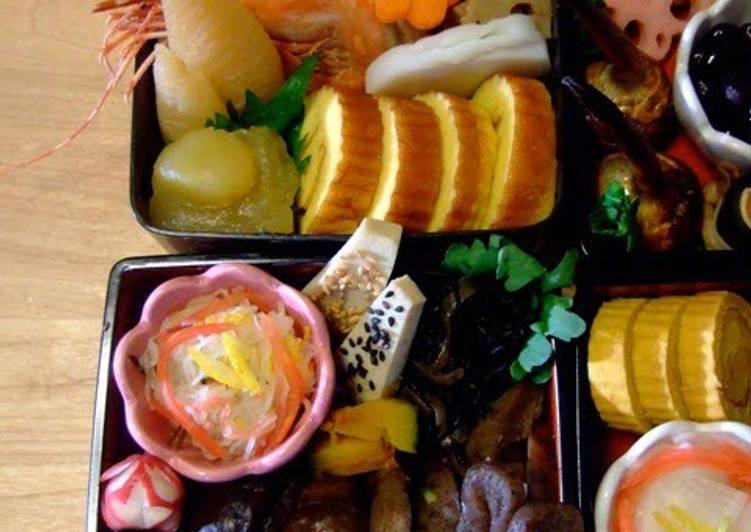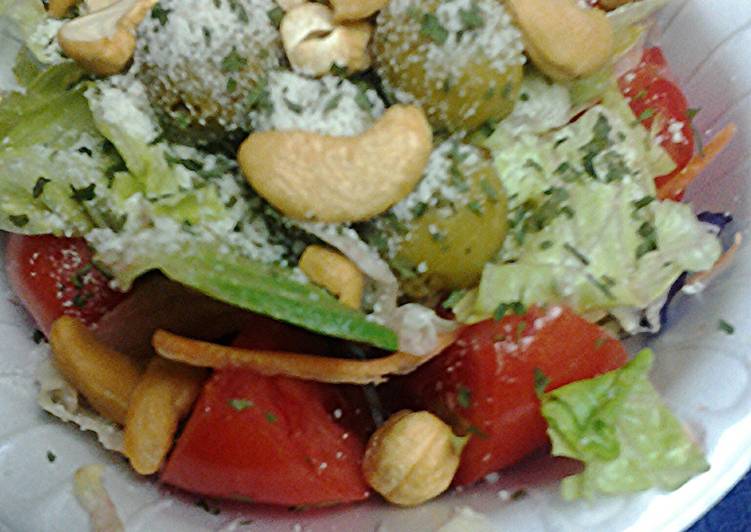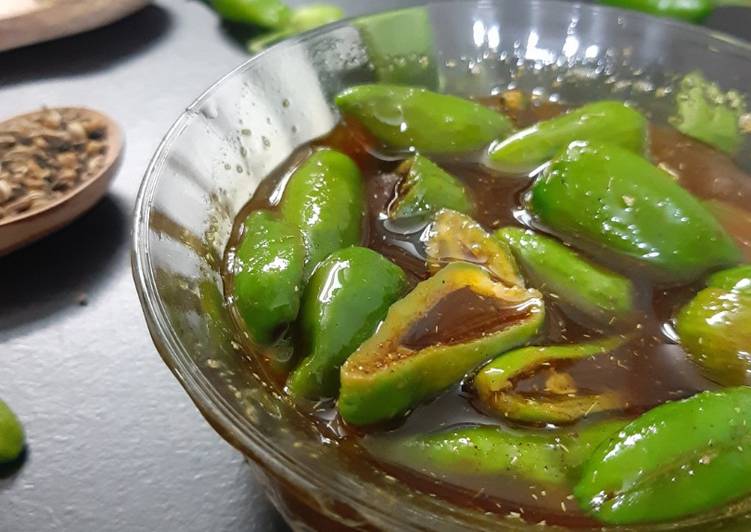
Hello everybody, it’s John, welcome to our recipe site. Today, we’re going to prepare a distinctive dish, make on december 31 - macrobiotic osechi (new years feast food): simmered konnyaku. One of my favorites. For mine, I am going to make it a little bit tasty. This will be really delicious.
I like to make my simmered vegetables separately. Often prepared as one of the New Year's celebration food, but can be eaten other occasion, particularly when many people gather together. Kazunoko (herring roe) simmered in dashi soy broth is a popular Japanese New Year feast.
Make on December 31 - Macrobiotic Osechi (New Years Feast Food): Simmered Konnyaku is one of the most well liked of current trending meals in the world. It is enjoyed by millions daily. It is easy, it’s quick, it tastes yummy. They are nice and they look fantastic. Make on December 31 - Macrobiotic Osechi (New Years Feast Food): Simmered Konnyaku is something that I have loved my whole life.
To begin with this particular recipe, we must prepare a few components. You can have make on december 31 - macrobiotic osechi (new years feast food): simmered konnyaku using 9 ingredients and 6 steps. Here is how you cook that.
The ingredients needed to make Make on December 31 - Macrobiotic Osechi (New Years Feast Food): Simmered Konnyaku:
- Take Konnyaku
- Take Salt
- Take enough to lightly submerge the ingredients in Dashi stock
- Make ready Soy sauce
- Get Mirin
- Get Beet sugar
- Get drizzle Sesame oil
- Take Sesame seeds
- Get Chili threads
Osechi Ryori_ (お節料理) is a subset of Japanese cuisine made up of dishes that are traditionally eaten on Oshogatsu (New Year's). Since it was historically taboo to cook on New Year's day, Osechi dishes are typically stewed with lots of sugar, or they are vinegared to preserve them. Osechi-ryōri (御節料理, お節料理 or おせち) are traditional Japanese New Year foods. Osechi are easily recognizable by their special boxes called jūbako (重箱), which resemble bentō boxes.
Steps to make Make on December 31 - Macrobiotic Osechi (New Years Feast Food): Simmered Konnyaku:
- Rub 1 tablespoon of salt into the konnyaku.
- Cut the konnyaku into rectangular slices. cut a slit lengthwise into the center of each slice, being careful not to cut all the way to the ends. Open the hole in the center of the konnyaku and pass one end of the rectangle through the hole. This will create a "bridal rein" shape.
- Boil some water and add the konnyaku. Skim off any scum. Remove the konnyaku and pat it dry. Now the preliminary cooking is done. (If you need to make other preparations, you should chill the konnyaku in the fridge now)
- Put the konnyaku from Step 3 into a frying pan and heat it until it begins to make squeaking sounds. remove the konnyaku from the pan and set it in a tray. Wash the pan.
- Add the dashi stock, soy sauce, mirin, and beet sugar to the pan and bring to a simmer. Add the konnyaku, and simmer.
- When the liquid has evaporated, drizzle in the sesame oil, and turn of the heat. Sprinkle on the sesame seeds. When when you serve the konnyaku, add a pinch of chili threads. The dish is done.
Osechi are traditional Japanese New Year foods, usually served in multi-layered boxes. Osaka-based Ichifuji Catering has accepted pre-orders for its special Osechi box set featuring newly-drawn illustrations of the characters from the internationally popular anime series One Piece. Traditional New Year's foods include toshikoshi soba, mochi, and osechi. Making mochi can be a labor intensive affair; therefore, many families will only attempt the feat for New Year's. Osechi includes a wide variety of foods, much of which can be store-bought and doesn't require refrigeration - a.
So that is going to wrap this up for this special food make on december 31 - macrobiotic osechi (new years feast food): simmered konnyaku recipe. Thank you very much for your time. I am sure that you can make this at home. There’s gonna be interesting food in home recipes coming up. Don’t forget to save this page on your browser, and share it to your family, friends and colleague. Thank you for reading. Go on get cooking!


